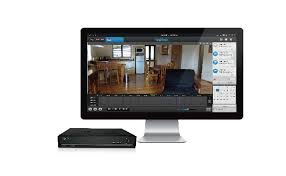Starlink in Nigeria – June 2025 Update

Starlink in Nigeria – June 2025 Update: Availability, Pricing & State Coverage At Nikitis Tech Hub , I always stay ahead on tech and connectivity — especially when it comes to tools like Starlink , which is changing the game for internet access in Nigeria. But recently, many clients, engineers, and students have been asking me: “Wisdom, is Starlink still working in Nigeria? Can I subscribe to it now?” Let me break it down for you with facts, real-world experience, and what to expect going forward. Starlink Availability in Nigeria (as of June 2025) Direct Subscription is Paused Since October 2024 , Starlink stopped accepting direct residential orders via its official website in Nigeria. You’ll see messages like: “No services are available at this address” Trying to use just “Nigeria” in the location? → It’ll force you to pick a business plan only . So unless you already have a residential kit, you’ll need to go through third-party resellers . Ho...




